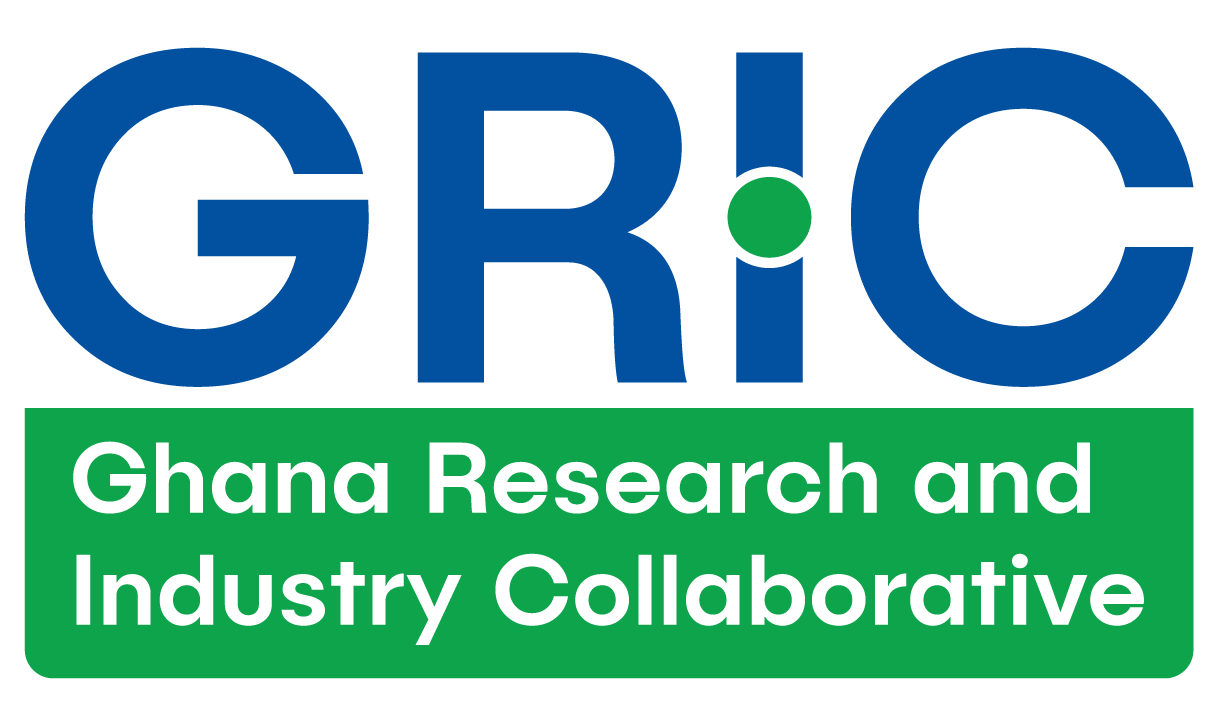This study explores three methods to enhance the quality of Ghanaian garlic before drying: basic ultrasound [sonication (US)], ultrasound with a soaking solution [osmosonication (US + OD)], and vacuum with ultrasound and soaking [vacuum-assisted osmosonication (V + US + OD)]. We looked at how these methods affect garlic’s antioxidants, phenolic and flavonoid content, enzyme activity, rehydration, drying time, energy use, and chemical makeup. The vacuum with ultrasound and soaking method was the best, improving most quality measures, shortening drying time, and saving energy. This method also preserved the garlic’s chemical integrity and had the highest allicin content. Overall, the results ranked the methods as V + US + OD > US + OD > US.
Current methods for drying Ghanaian garlic often compromise its quality, especially when it comes to antioxidants, enzyme activity, and chemical makeup. This research looks for better ways to treat the garlic before drying to keep these qualities intact while also making the drying process quicker and using less energy.
Stakeholders in the food processing, spice, and culinary industries stand to benefit from the findings of this study, as it offers insights into optimizing garlic processing techniques to produce high-quality products with improved shelf life and nutritional value.
This research can help garlic producers and food processors to improve the quality, energy efficiency, and drying speed of garlic slices.
Industry practitioners are recommended to adopt vacuum-assisted osmosonication (V + US + OD) as the preferred pretreatment method for processing Ghanaian garlic. Further research and development efforts should focus on scaling up this technique for commercial production and optimizing process parameters to ensure consistent quality and efficiency in large-scale operations. Collaboration between researchers, food technologists, and industry experts is essential to facilitate knowledge transfer and promote the widespread adoption of advanced garlic processing technologies.
